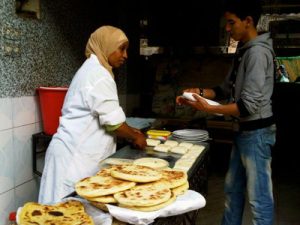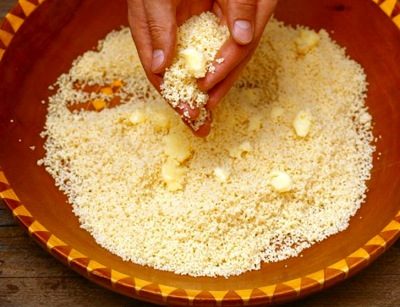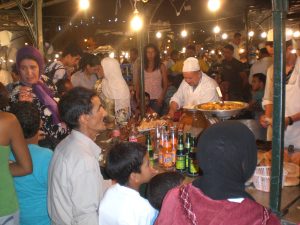Morocco is a country in North Africa where people consume allot of bread, Bread is always on the table an eaten with almost every meal. Bread is fitting with the traditional cuisine of Morocco that consists of tajines, stews and soups. What’s staggering about “bread” in Morocco is that is primarily made by all women at home and often twice daily. This results in fresh and delicious breads of all kinds from flatbreads to pancakes.
Tag: Moroccan cooking
Moroccan cuisine is the culinary star of North Africa. Imperial and trade influence has been filtered and blended into Morocco’s culture. Being at the crossroads of many civilizations, the cuisine of Morocco is a mélange of Arab, Berber, Moorish, French, Middle Eastern, Mediterranean African, Iberian, and Jewish influences. Moroccan cooking is enhanced with fruits, dried and fresh — apricots, dates, figs, and raisins, to name a few. Lemons preserved in a salt-lemon juice mixture bring a unique face to many Moroccan chicken and pigeon dishes. Nuts are prominent; pine nuts, almonds, and pistachios show up in all sorts of unexpected places.
Djemaa El Fna Square is in the heart of Marrakesh, Morocco is like no where else on earth, and an adventure not to be missed after dusk. Courageous travelers in Morocco will definitely want to eat in the Djemaa El Fna Square. Tourists can avoid any chance of illness simply by sticking to foods that are actually cooked in front of them, and passed over to be eaten off of a clean paper. The Moroccan family in the photo above is waiting for their main course to come out of the cooking pot in front of them.Whether you choose to eat or not, just a stroll through the Djemaa El Fna Square in the evening can provide some very unique photo opportunities.



